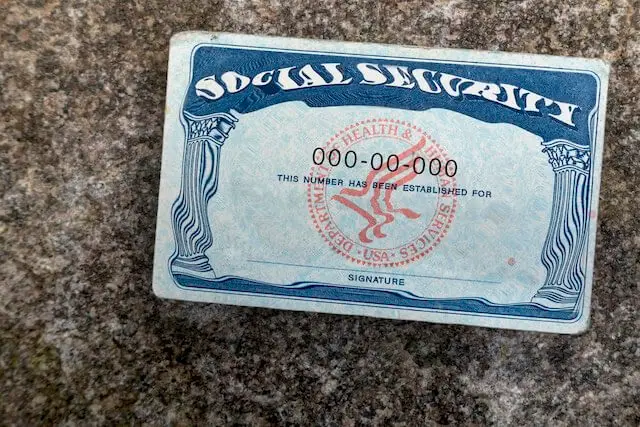It is rumored that Joe Kennedy exited the stock market in 1929 because of a stock tip from his shoeshine boy: the boy said “buy.” In response, Kennedy reasoned that by the time his helper was in the market every penny that could make it to the market was already in play.
I take this trip down memory lane because Social Security is in the midst of its own shoeshine boy moment. Over seven Democratic debates, the program drew zero questions and barely a mention in responses at all.
This outcome isn’t the standard case of politicians giving vague answers. At this point, moderators aren’t even asking the question. Every penny of optimism about the system’s prospects is in the game.
Clearly the subject of Social Security doesn’t weigh heavily on the hearts and minds of candidates or moderators. For the rest of the nation, the issue remains barely a blip on the fringes of politics that can be summed up in less than 50 words: Social Security trust funds are expected to run out of money within the next 15 years, in which case Americans would still receive about 80% of what they expect to receive. And voters nod-off.
This theme has been pounded so heavily into the conscience of American voters that these talking points are accepted as absolute guarantees rather than feared as a gruesome possibility. The problem is of course that these results only materialize in a good economy. In a less favorable economic environment, these promises simply evaporate. There is no guarantee – Oops.
While we use these forecasts to gauge the impact of insolvency on the individual, they do not incorporate any impact on the system of insolvency. In 2035, the forecast assumes that GDP continues to grow at 2 percent whether seniors get full checks or partial checks. Consider the possibility, as checks to seniors fall, their contribution to the economy would shrink, meaning that larger reductions might well start in year 2. The hard truth is: we don’t know the size of the discount, nor does anyone know how that system-side shortfall might be allocated to the individual.
Even if the economy cooperates, 15 years isn’t a long time for those already in retirement. It is roughly the life expectancy of someone turning 72 this coming year. That means that roughly half of these people are apt be around to feel the impact of the nothing that is done by Congress as they turn 87 in 2035. At that point of life, about half of them will collect 90% of their income from Social Security. These aren’t people likely to be able to easily shed 20% of their expenses.
Of course, this type of nervous noise draws little interest in Congress or on the campaign trail. Frequently, elected officials and candidates running for office dismiss the concern entirely. They say that there’s nothing new or particularly worrisome about the current projection that the trust funds will run out of money in 2035 because we have been here before.
This narrative deals with 1983, when Social Security faced an imminent cash shortage that threatened to trigger benefit cuts. The comparison is more disturbing than the numbers contained in the trustees report. In 1983, the program faced a small, short-term cash crunch at a time when financing options were abundant. So our current situation looks the same; other than the cause, duration, magnitude, and the range of options.
The folks in DC simply do not appreciate the size of the problem, and no one in the media finds time to question the direction of a program on which millions depend. Policy experts and pundits accept the crude definition of the problem on faith and conclude that the solution is a political hug-out. If politicians would stop bickering, the necessary $13.9 trillion would magically appear. The composite effort can be reduced to a 10 word solution: higher taxes, lower benefits, or some combination thereof.
Are you kidding me? To illustrate the problem with the 10-word approach, no one is questioning how the program lost roughly a $1 billion on bond redemptions. Simple problem: when the program needs cash, the agency redeems bonds by maturity rather than choosing the lowest interest rate. This isn’t complex. The current concept is no different from opening the lip of the nearest toilet and flushing the money. Are we really asking younger Americans to pay more or older Americans to get less so that no one has to ask these questions?
We understate the problem, trivialize the impact, and summarize the answer. It should surprise no one that the issue of Social Security has rolled-off the back of the burner. In today’s society of reality TV shows, maybe the answer here is Alex Trebek. Maybe he will add fixing Social Security to the Greatest of All Time Jeopardy because no one in Congress is going to do it.
Thanks Alex; I’ll Take Fixing Social Security for $13.9 Trillion.



